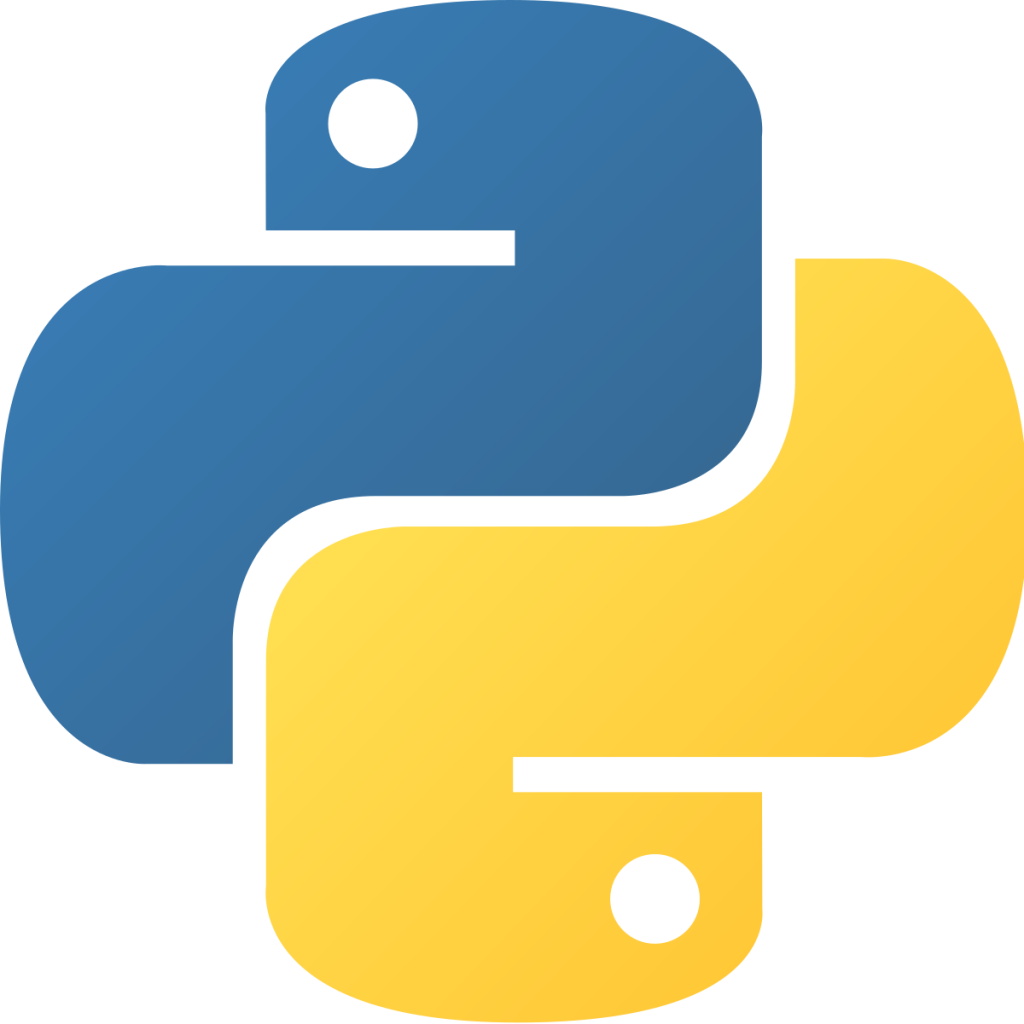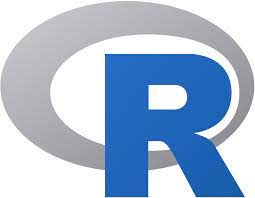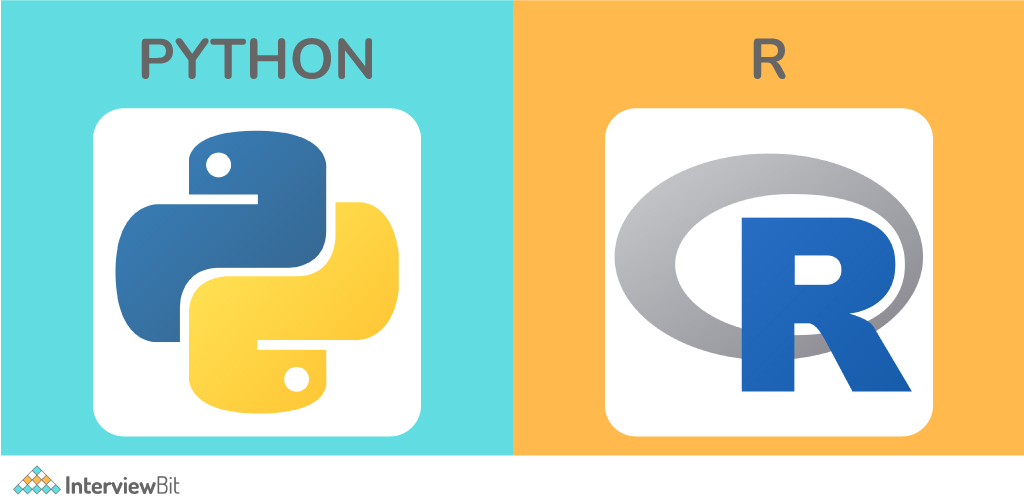The world is moving towards the next technological wonder. Data Science and Artificial Intelligence are the ones leading this from the front. These two things are giving life to things that we haven’t imagined would be true. If you’re aware of this world, then you are also aware of the two programming languages that are always a matter of interest and debate.
R and Python are programming languages and both these languages are similar in few ways. They are free to download and use; They are used majorly in data science. Let’s see what these languages are and their usage.
Table Of Contents
show
- What is Python?
- Advantages of Python
- Disadvantages of Python
- What is R?
- Advantages of R Programming
- Disadvantages of R
- Key Differences
- Python Vs R: Full Comparison
- Conclusion
- Frequently Asked Questions
- Additional Resources
What is Python?

Python is an interpreted, high-level object-oriented programming language. It comes with built-in data structures, dynamic typing(a process wherein type checks are done during the runtime), and binding(mapping of different objects with one another), which makes it a top language used for the development of applications. Python syntaxes are simple, easy to read, and easy to learn.
Confused about your next job?
In 3 simple steps you can find your personalised career roadmap in Software development for FREE
The Python interpreter and libraries are free for distribution. Programmers love Python as it helps them increase their code efficiency. As it is an interpreted language, the debugging of the program becomes very easy. It includes libraries like Scikit, Keras, Tensorflow, Matplotlib, NumPy, Pandas, etc., that provide sophisticated functionalities. The addition of Jupyter Notebook, a web application to share the code live, makes the data science explanations smooth.
Advantages of Python
Versatility: The language is one of the most versatile ones. It is neat, uncomplicated to use, and well structured. Python’s flexibility makes exploratory data analysis hassle-free. Python is object-oriented, but it makes a transition to functional features allowing itself into different paradigms of programming.
Open Source: Python can be downloaded easily. It has one of the most active supporting forums, and anyone can contribute to improving the libraries and their functionalities.
Libraries: Python has many libraries that are necessary to carry out major data science-related functions.
Productivity: Its integration and control capabilities enhance and save a lot of time.
Embeddable: Python codes are embeddable. Python codes can be integrated with other programming languages like C++.
Disadvantages of Python
Speed: Python is an interpreted language and thus is relatively slower than other programming languages.
Mobile environment: Python is not suitable for android and iOS environments. Developers claim it to be weak language in such an environment. However, it can be used with additional efforts.
Memory consumption: Python consumes a significant amount of RAM. The process gets slower when more objects need to be accessed.
Database Access Layers: Python’s database access layers are underdeveloped in comparison to Java Database Connectivity(JDBC), and Open Database Connectivity(ODBC), making it a less used database connectivity.
Threading: Threading or flow of multiple functions at the same time is a downside in Python due to its Global Interpreter Lock(GIL).
What is R?

R is a programming language for statistical analysis or computing and graphics. R comes with a wide range of statistical techniques such as linear modeling, non-linear modeling, statistical tests, clustering, etc. One of R’s strengths is the ease at which a plot can be produced, including the mathematical notations and formulas.
R is available as free software. It compiles and works on UNIX, Windows, and macOS. R allows programmers to add additional functionality by defining user-specific functions. For intensive tasks, the user can link the C and C++ codes during the runtime. R can be extended with other languages like C++ using the packages.
Advantages of R Programming
Open Source: R is an open-source language and is free to download and use. One can also contribute by optimizing its source code.
Platform independent: R is platform-independent and can work on all the operating systems like UNIX, Windows, and Mac.
Data Wrangling: Through its packages like readr and dplyr, R has the capability of converting a messy code into a structured one.
Plots and Graphs: Through ggplot and plotly, R creates attractive graphs with notations and formulas.
Package Availability: R has numerous packages dedicated to the development of machine learning, data analysis, and statistical projects.
Disadvantages of R
Memory: R consumes more memory as all the objects get stored in the physical memory. Over time, as the program has bigger data, the process slows down.
Security: R lacks basic security that makes it practically difficult to embed in web applications.
Difficult to learn: Unlike Python, R is a complicated language and is difficult for a beginner to learn.
Slow Runtime: R is a slow processing language. In comparison to other languages such as MATLAB and Python, it takes more time to give an output.
Data Handling: Data handling in R is tedious as it requires all the data to be in one place. It is not ideal for Big Data. However, it does have an integration that makes handling slightly easier.
Key Differences
Python and R are the preferred languages in Data Science, Data Analysis, Machine Learning, etc. Although they are used for similar purposes they differ from each other. R mainly focuses on the statistical part of a project while Python is flexible in its usage and data analysis tasks.
R is a powerful tool for visualizing data in the form of graphs. It is difficult to use R in a production environment due to its yet-to-develop production tools, whereas Python is easily integrated with a complex work environment.
Considering performance, Python is a better option as it runs faster in all the environments than R. Nevertheless, both languages are fan favorites for people to work with depending on their usage.
Python Vs R: Full Comparison

| Python | R Programming |
|---|---|
| Python is a general-purpose language that is used for the deployment and development of various projects. Python has all the tools required to bring a project into the production environment. | R is a statistical language used for the analysis and visual representation of data. |
| Python is better suitable for machine learning, deep learning, and large-scale web applications. | R is suitable for statistical learning having powerful libraries for data experiment and exploration. |
| Python has a lot of libraries. However, it can be complex to understand all of them. | R has fewer libraries compared to Python and is easy to know. |
| Python can be used for various purposes like building a graphical user interface, develop games, etc., despite being an object-oriented language. | Along with object-oriented programming, R can also be used to develop music. |
| Python has a simple syntax and is easy to learn. | R has a relatively complex syntax and the learning curve is not straightforward. |
| Python’s statistical packages are less powerful. | R’s statistical packages are highly powerful. |
| Python is mainly used when the data analysis needs to be integrated with web applications. | R is generally used when the data analysis task requires standalone computation(analysis) and processing. |
| Python can be used to build applications from scratch. | R can be used to simplify complex mathematical problems. |
| There are many python IDE’s available to choose from, a few of them are Jupyter Notebook, Spyder, Pycharm, etc. | A few of IDE’s for the R language are RStudio, StatET, etc. |
| Python is more popular and has a vast user base. Primary users of python include developers and programmers. | R is less popular among users. Its users include scientists and Research & Development who frequently rely on data analysis. |
Conclusion
It’s debatable when it comes to the usage of Python and R. Both of these languages come with their advantages and disadvantages. Python is used by a lot of people for multiple people, but R is also under usage. Python is used for a wide range of features, and R is used majorly for statistics. It depends upon the user to pick the language based on the requirement.
Frequently Asked Questions
Q: Is Python better than R?
A: Python is better than R as it can be used for multiple purposes. It has better scalability, performance, integration, etc. However, if the purpose is data analysis and visualization, R is a better option.
Q: Which is easier to learn? Python or R?
A: Both Python and R are easier languages to learn. Among these two, Python is easier to learn as the syntax is simpler and the keywords are closer to the English language.
Q: Which is more in demand? Python or R?
A: The demand for R is more than Python in Data Science. R needs specific skill sets when compared to Python which is a multi-purpose language.
Q: Should I learn R if I know Python?
A: It is not necessary, but it is beneficial to learn R if one knows Python. Knowing it will expand the knowledge in the area of data analysis. It is always good to keep more things in the backpack.
Additional Resources
- Learn Python
- Python Interview Questions
- How to become a Python Developer
- Python Projects
- Python Frameworks
- Python Developer Salary
- Difference Between Python 2 and 3
- Javascript Vs Python
- Difference Between C and Python
- Java Vs Python
- Python Developer Skills
- Python Books
- Python Developer Resume
- Applications of Python